Outer Space & Universe
Outer Space & Universe
Space, also known as outer space, is the near-vacuum between celestial bodies. It is where everything (all of the planets, stars, galaxies and other objects) is found.
On Earth, space begins at the Kármán line (100 km above sea level). This is where Earth's atmosphere is said to stop and outer space begins. This is not a firm boundary but is a convention used by scientists and diplomats.
Items in space are free to move back and forth; up and down; and left and right. These three dimensions are what make 3D space. Items also move forward through time, which is sometimes called the fourth dimension.
The majority of space contains very little matter and so most of it is a vacuum. Scientists do not know how big space is but we do know that space is extremely big, and is always expanding.
According to the big bang theory, all matter and energy in the Universe was compressed into a very small space. Then it exploded and started expanding. Space is still growing in size today; this means the distance from one galaxy to distant galaxies is getting longer.
Gravity is the force that keeps the Moon in orbit around the Earth and the planets in orbit around the Sun. Gravity can stretch and bend space similar to how a heavy ball placed on a stretched sheet of rubber will cause the rubber to stretch. The scientist who discovered that space can bend is named Albert Einstein. How gravity bends space is part of his theory of general relativity.
Astronauts, Cosmonauts, Taikonauts and Spationauts
An astronaut is any person who is trained by NASA to travel and perform tasks in space. Although the space traveler may not necessarily be a United States citizen, each astronaut does go through a rigorous training regiment by the National Aeronautics and Space Administration. Other space travelers go by other names then astronaut depending on their country of origin.
In the United States, astronaut is derived from the Greek words ástron (star) and nautis (sailor). While, in Russia, a space traveler goes by the name космонавт (English: cosmonaut), which is derived from the Greek words kosmos (universe) and nautis (sailor). Westerners call a space traveler from China a taikonaut, based on the 1998 writings of Chiew Lee Yik and Chen Lan where the term tàikōng (great emptiness), Chinese for “space”. In China, the term yuháng yuán (universe navigator) is used for space traveler.
Only the United States of America (United States), Russia (earlier, the Union of Soviet Socialist Republics), and the People’s Republic of China (China) have sent manned spacecraft into space. Other countries have assisted these countries by sending their own space travelers on space missions. For instance, a French space traveler is called a spationaut (from the French word spationaute), which is derived from the Latin spatium (space) and Greek nautis (sailor). (plural in Greek nautes = sailors)
-
02:46
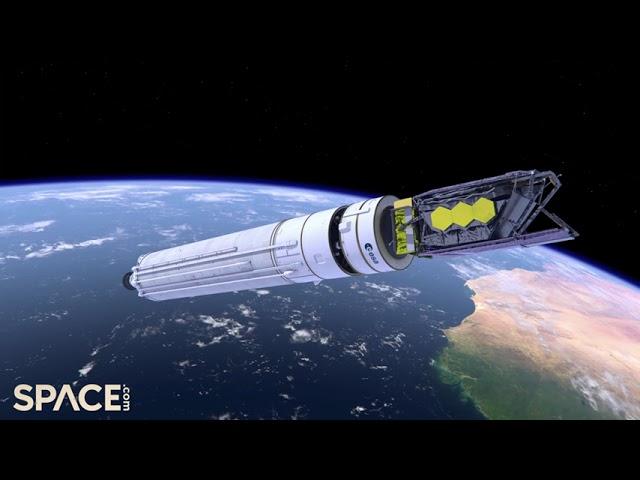
Watch the Webb Telescope launch in this stunning 4K animation
Added 246 Views / 0 LikesThe James Webb Space Telescope is scheduled to launch no earlier than Dec. 24, 2021 atop an Ariane 5 rocket. Get a preview of the flight and telecope deployment with this animation.Credit: Space.com | animation courtesy: ESA/ATG medialab | edited by [Stev
-
01:10

Watch the X-37B Space Plane's Nighttime Landing After Record 780 Days in Orbit
Added 354 Views / 0 LikesThe US Air Force's X-37B's Orbital Test Vehicle 5 (OTV-5) mission ended when the space plane landed at NASA's Kennedy Space Center in Cape Canaveral, Florida on Oct. 27, 2019. Story: US Air Force's X-37B Space Plane Lands After Record 780-Day Mystery Miss
-
03:42
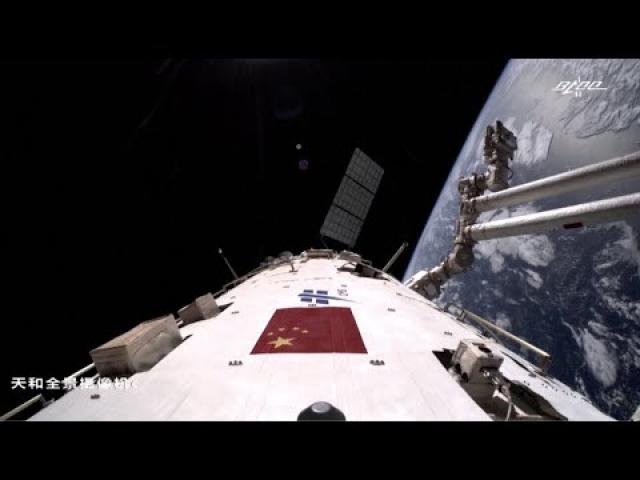
Watch Tianzhou-4's approach & docking to Chinese space station
Added 214 Views / 0 LikesThe Tianzhou-4 cargo spacecraft docked with the Tiangong space station on May 9, 2022 (May 10 - Beijing Time). Watch the launch: https://www.space.com/china-launches-tianzhou4-spacecraft-tiangong-space-stationCredit: China Central Television (CCTV)
-
01:10
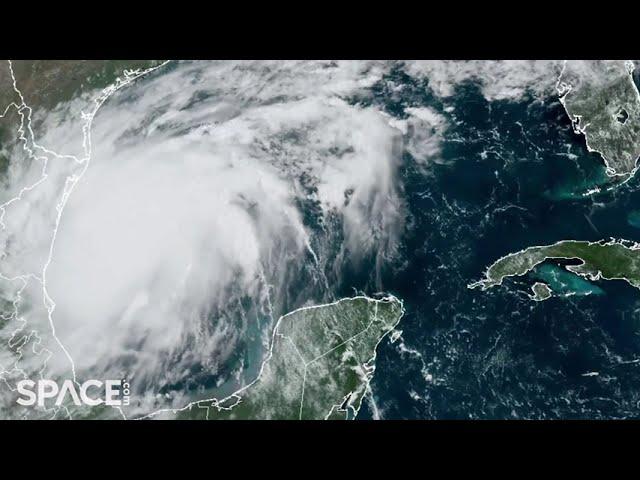
Watch Tropical Storm Francine form over the Gulf of Mexico in time-lapse from space
Added 110 Views / 0 LikesNOAA's GOES-East satellite has captured footage of Tropical Storm Francine's formation over the Gulf of Mexico in this time-lapse that span from Sept. 8-9, 2024. Credit: Space.com | CIRA/NOAA | edited by Steve Spaleta (https://x.com/stevespaleta)Music: Fa
-
01:14
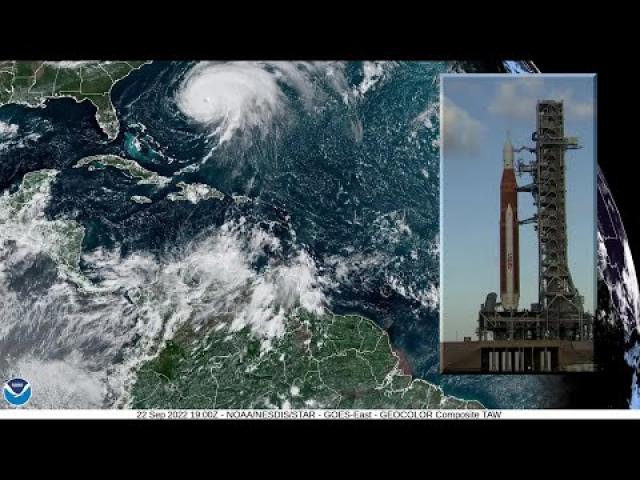
Watch Tropical Storm Ian develop from space, may delay Artemis 1 launch
Added 155 Views / 0 LikesNOAA's GOES-East satellite captured imagery of Tropical Storm as it developed in the Carribean. The storm is forecast to intensify into a hurricane and possibly make landfall in Florida. As a result, NASA's Artemis 1 moon rocket may have to be rolled back
-
01:48
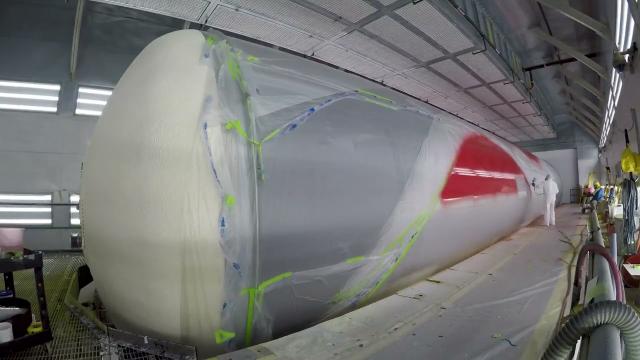
Watch ULA's new Vulcan rocket get a paint job in awesome time-lapse
Added 145 Views / 0 LikesUnited Launch Alliance's new Vulcan Centaur booster gets a sleek design painted on it in this time-lapse. Credit: United Launch Alliance
-
03:01
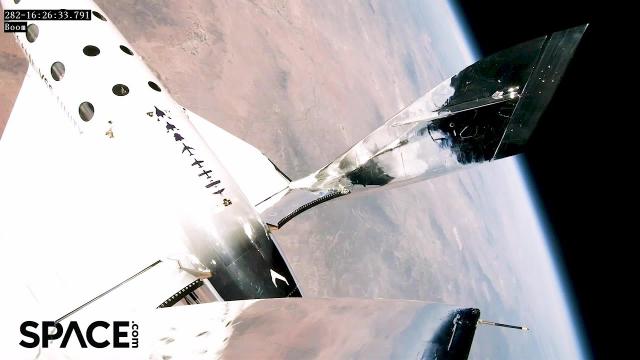
Watch Virgin Galactic soar to suborbital space for 5th time in amazing views
Added 168 Views / 0 LikesVirgin Galactic took VSS Unity for a suborbital ride on May 25, 2023. Aboard the space plane were Beth Moses, the company's chief astronaut instructor, astronaut instructor Luke Mays, and mission specialists Christopher Huie and Jamila Gilbert. The pilots
-
00:45

Watch Virgin Galactic's Unity 22 flight take-off from Spaceport America
Added 280 Views / 0 LikesSpace.com's Chelsea Gohd captured video of the take-off of Virgin Galactic's Unity 22 mission from Spaceport America in New Mexico on July 11, 2021. Watch live: https://www.space.com/virgin-galactic-richard-branson-spaceflight-webcastOn this flight, VG fo
-
00:18
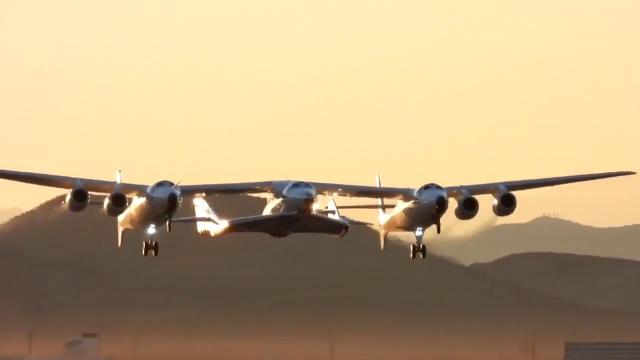
Watch Virgin Galactic's WhiteKnightTwo and Unity Take Off for Historic Trip to Space
Added 415 Views / 0 LikesSpaceShipTwo Unity and its carrier aircraft WhiteKnightTwo took off from Mojave Air and Space Port in California on Dec. 13, 2018. A short time later, Unity soared to above the 50-mile (80 km) boundary that NASA and the United States Air Force use when ha
-
07:47

Watch Yo 6 Q 007 1337 Asteroid Fight Club code in Full Effect
Added 483 Views / 0 LikesThis is Leveled up Asteroid Fight Club. God bless everyone. Thttps://www.paypal.me/THORnews@newTHOR on twitterhttps://www.facebook.com/thornewsgoTshirtshttps://hitthebuttonbaby.com/PO BOXTHORNEWS PO BOX 35946HOUSTON TEXAS77235-5946
-
11:55:01
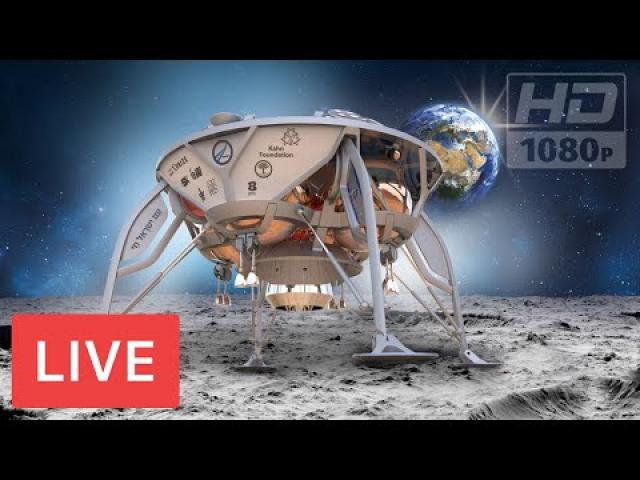
WATCH: MOON LANDING! ????????SPACEIL #Beresheet-Israel @3:05pm EST
Added 439 Views / 0 LikesIsrael spacecraft Beresheet will attempt Moon landing today.Latest Updates: - Israeli spacecraft Beresheet #SPACEIL fails to make soft landing on moon.Just before the craft headed toward the surface, it captured the moon’s surface and sent back a “selfie”
-
04:19
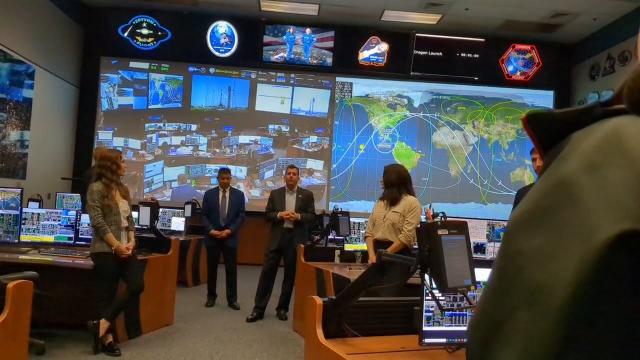
Watching a SpaceX launch from NASA mission control in Houston - Raw video
Added 126 Views / 0 LikesSpace.com's Elizabeth Howell was inside mission control at NASA's Johnson Space Center during a SpaceX launch.
-
03:57
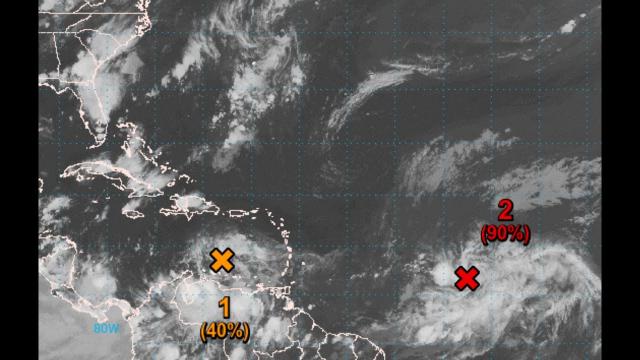
Watching the Tropics! A Major Hurricane hitting the USA is possible in the next 10 days!
Added 275 Views / 0 Likesplease plan and prepare now.God bless everyone,T LEWISON5430 BIRDWOOD RD. #416HOUSTON TEXAS 77096https://www.paypal.me/THORnewshttps://venmo.com/TEric-Lewison$THORnews on CashApphttps://www.patreon.com/thornews
-
00:54
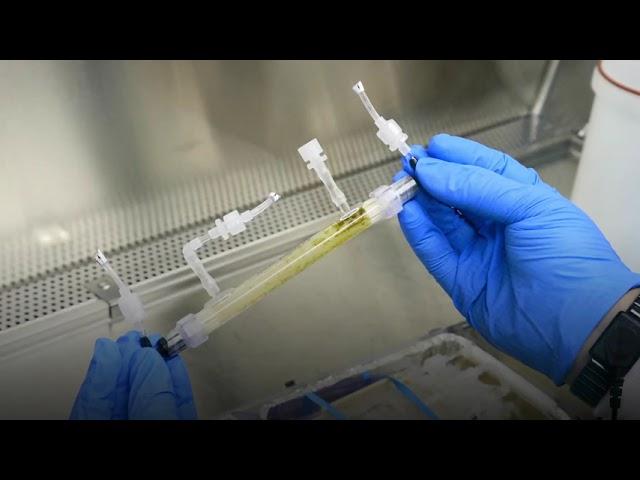
Water Bears on space station! Tardigrade experiment will study how they adapt
Added 262 Views / 0 LikesTardigrades were shipped to the International Space Station aboard the SpaceX CRS-22 mission. Learn why the microscopic creatures made the trip. Credit: NASA/Ames Research Center
-
11:38

Water Bridge between Earth & the Moon? Earth’s Magnetosphere Might be Creating Water on the Moon
Added 298 Views / 0 Likesthis is a crazy cool romantic story, yo.God bless everyone,T LEWISON5430 BIRDWOOD RD. #416HOUSTON TEXAS 77096https://www.paypal.me/THORnewshttps://venmo.com/TEric-Lewison$THORnews on CashApphttps://www.patreon.com/thornewsthe articlehttps://www.universeto
-
11:16

Water CUT OFF in Odessa TX! Putin cuts off Gas 2 Italy & Germany! Fed raises rates 75 BPS! 3AC Ruhro
Added 179 Views / 0 LikesThe 2nd half of June is going to be a wild ride.God bless everyone,T LEWISON5430 BIRDWOOD RD. #416HOUSTON TEXAS 77096https://www.paypal.me/THORnewshttps://venmo.com/TEric-Lewison$THORnews on CashApphttps://www.patreon.com/thornews
-
01:40
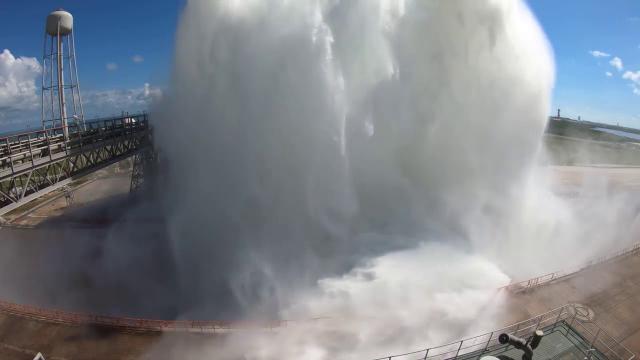
Water Deluge System Tested at NASA Kennedy Launch Pad
Added 475 Views / 0 LikesThe Ignition Overpressure Protection and Sound Suppression water deluge system at Kennedy Space Center's Launch Pad 39B was tested on Oct. 15, 2018. -- Full Story: https://www.space.com/42248-nasa-launch-pad-water-deluge-test-video.htmlCredit: NASA Kenned
-
01:32
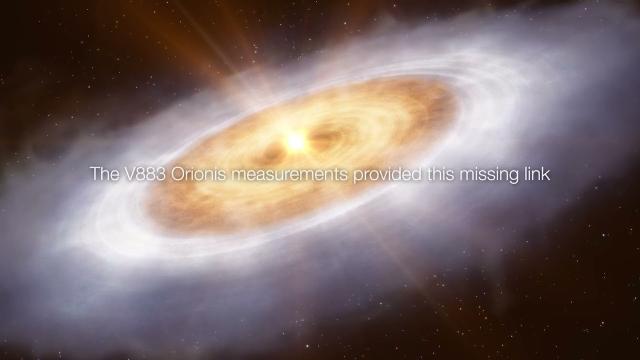
Water detection around star 'supports idea' that Earth's water is older than Sun
Added 210 Views / 0 LikesGaseous water has been detected in the planet-forming disk surrounding the star V883 Orionis (ALMA) using the Atacama Large Millimeter/submillimeter Array. The discovery "supports the idea that water on Earth is even older than our Sun," accoring to the E
-
01:06

Water distribution near moon’s south pole mapped using NASA SOFIA data
Added 164 Views / 0 LikesData from NASA's Stratospheric Observatory for Infrared Astronomy (SOFIA) was used to create a water distribution map of the area near the moon's south pole. Credit: NASA's Goddard Space Flight Center Scientific Visualization Studio/Ernie Wright | edited
-
02:32
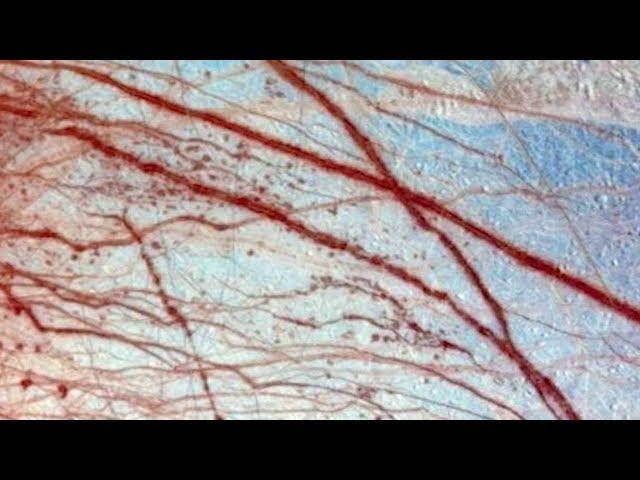
Water on Europa - Old Galileo Mission Data Leads to New Evidence
Added 486 Views / 0 LikesAn analysis of old and new data on the plumes of Europa has led to new evidence of water on the Jovian Moon. -- Learn More: https://www.space.com/40575-jupiter-moon-europa-plume-galileo-spacecraft.htmlCredit: NASA/JPL-Caltech
